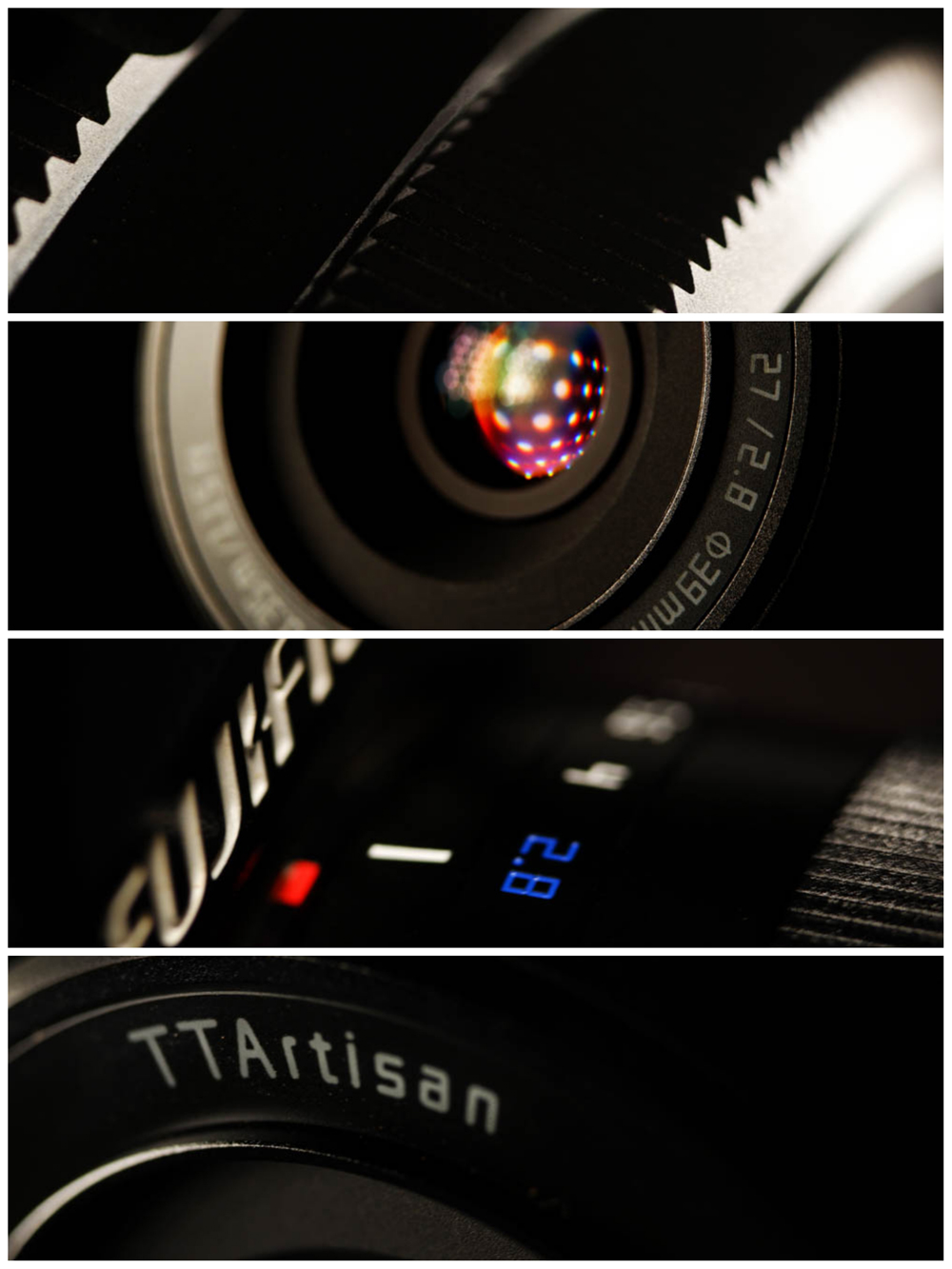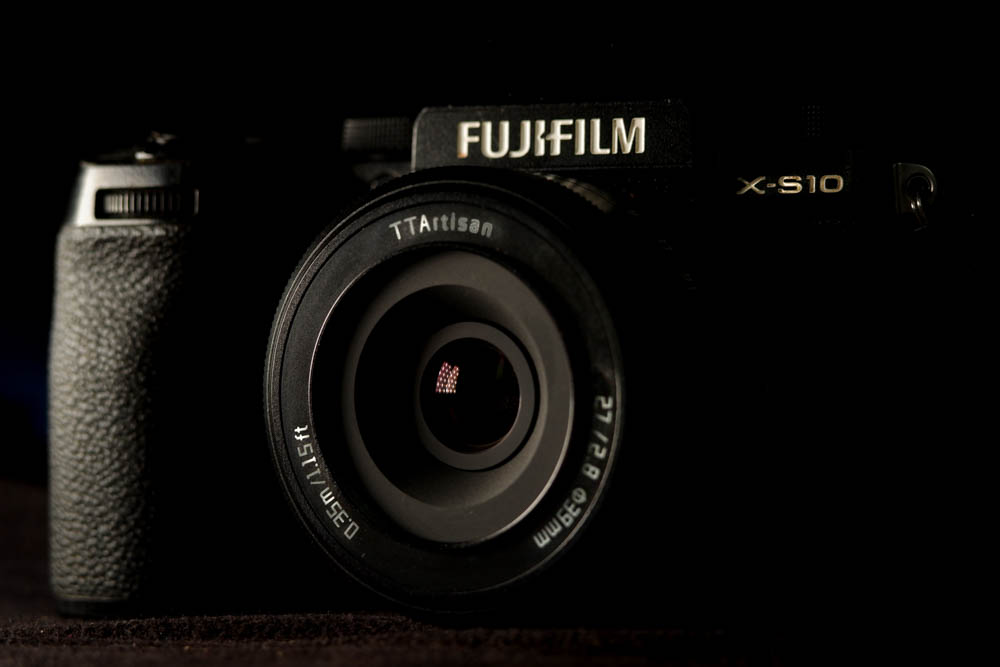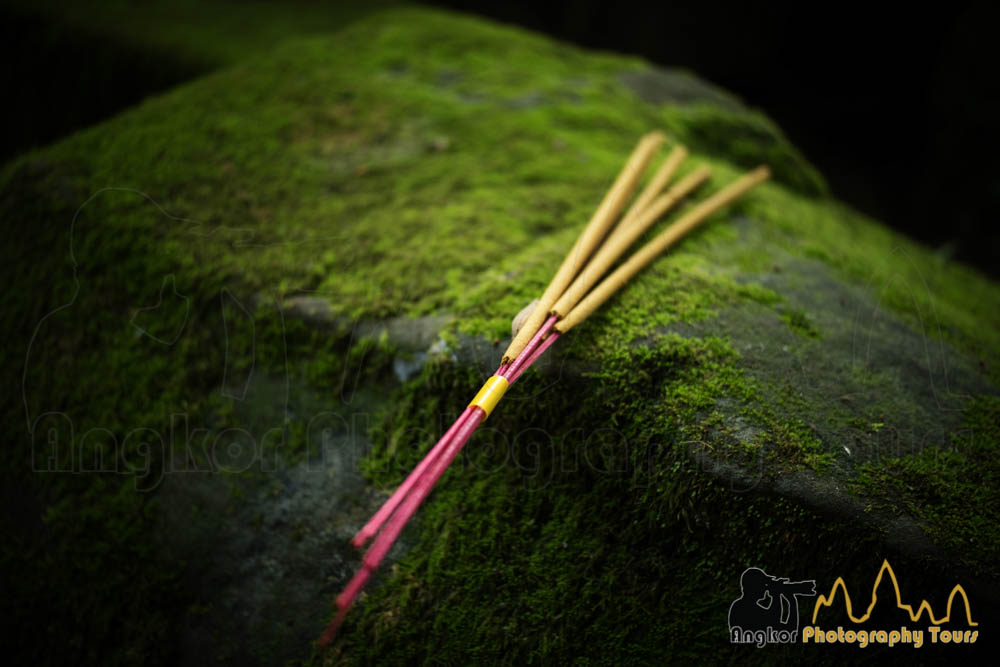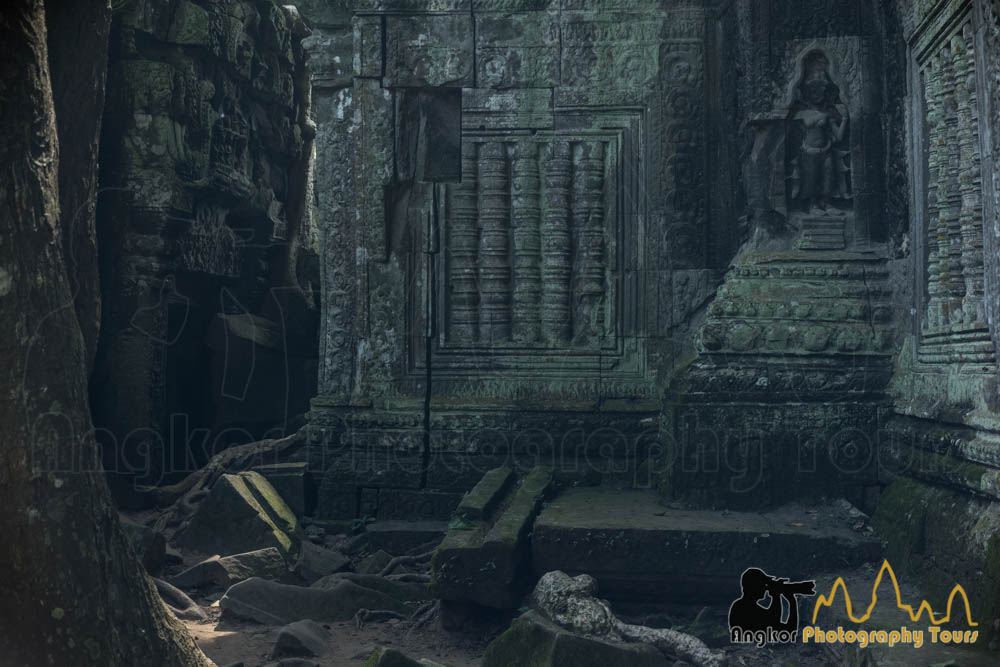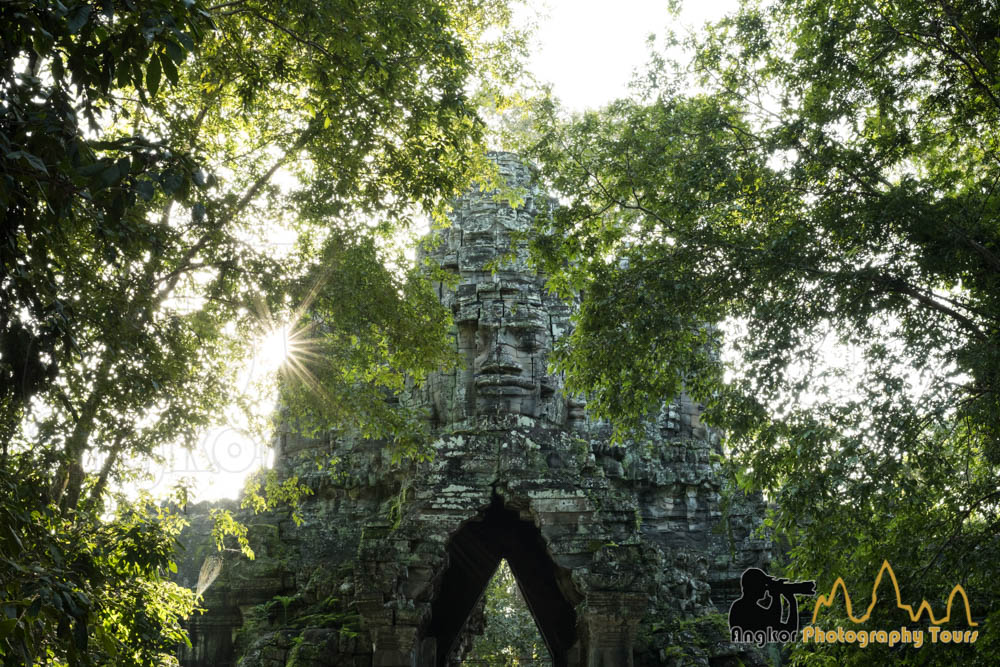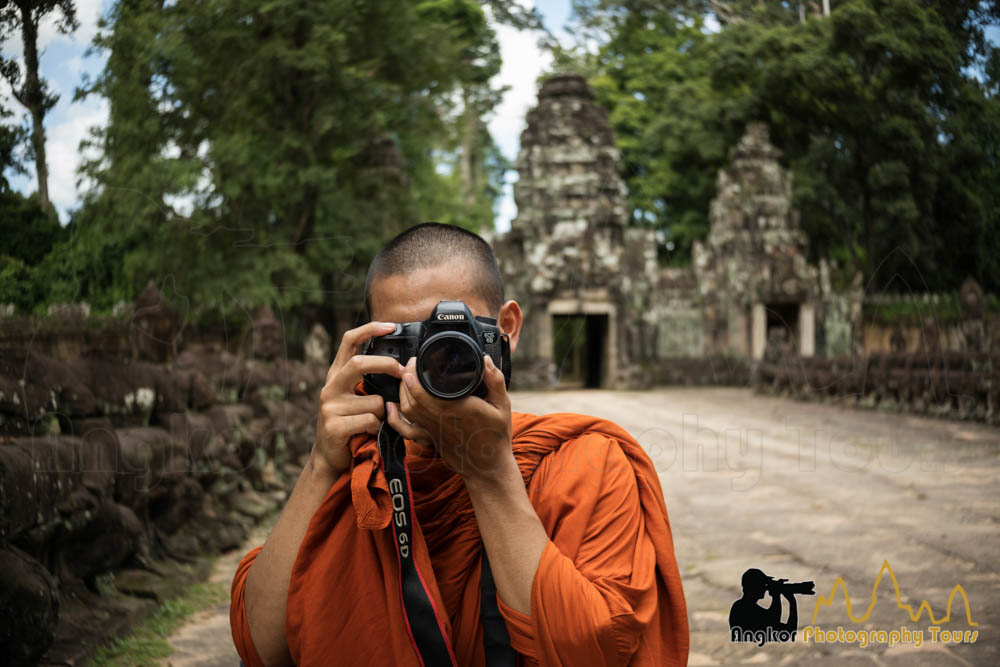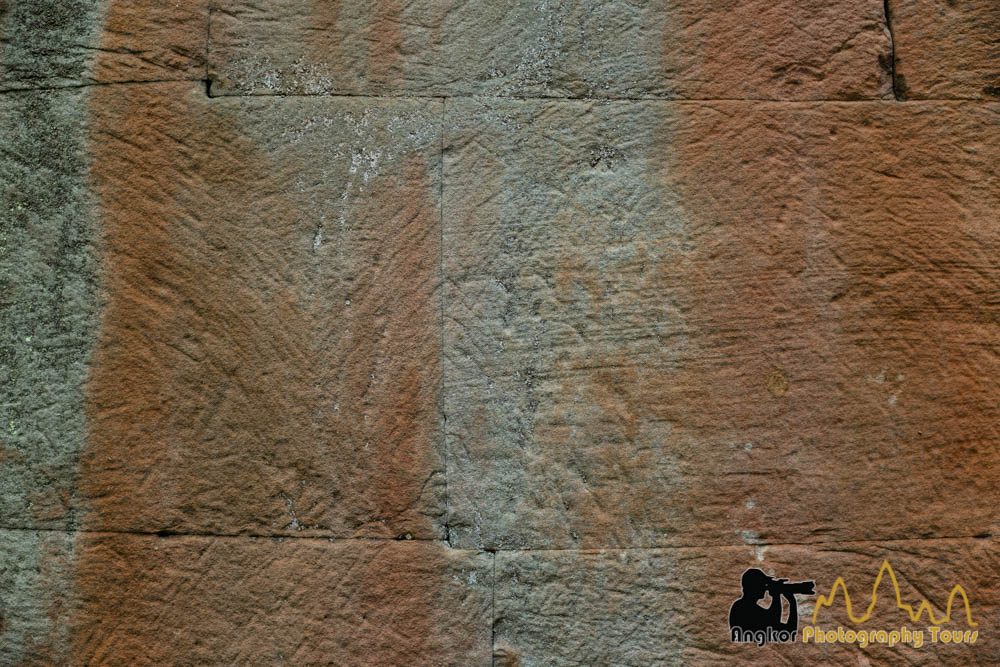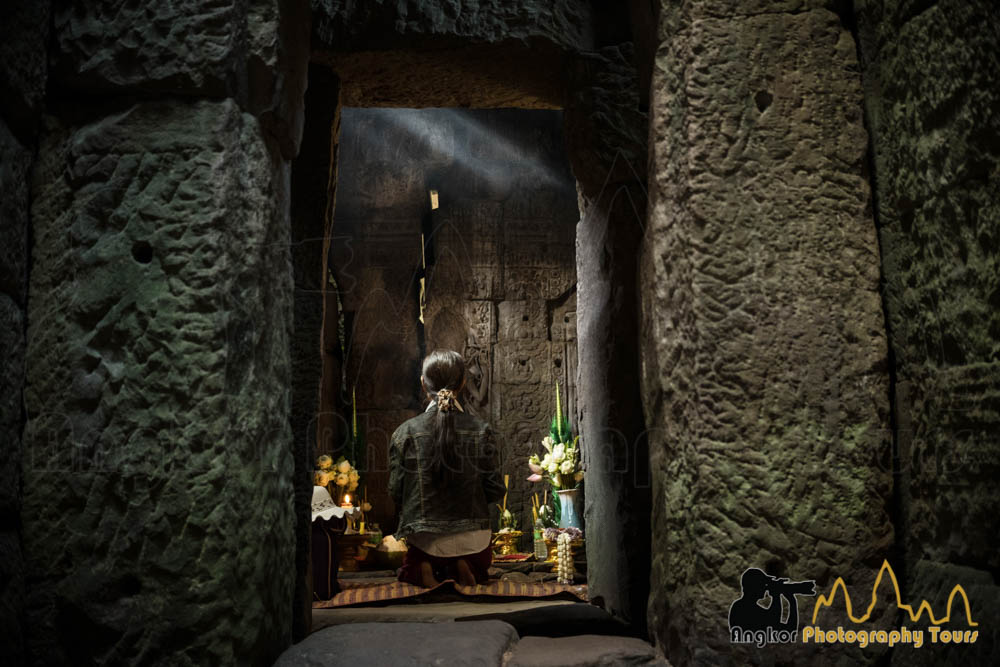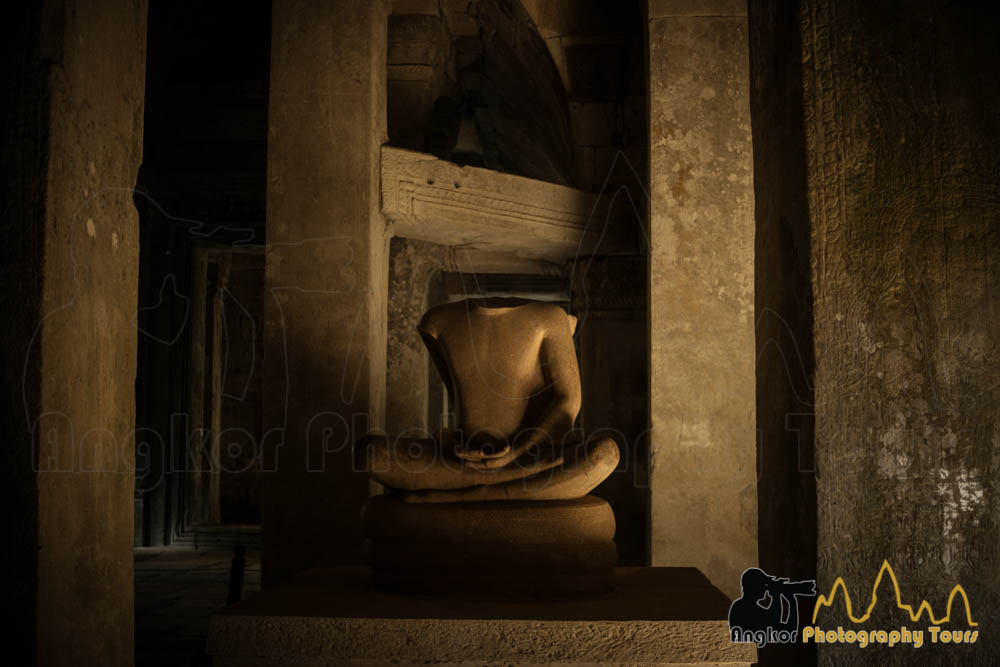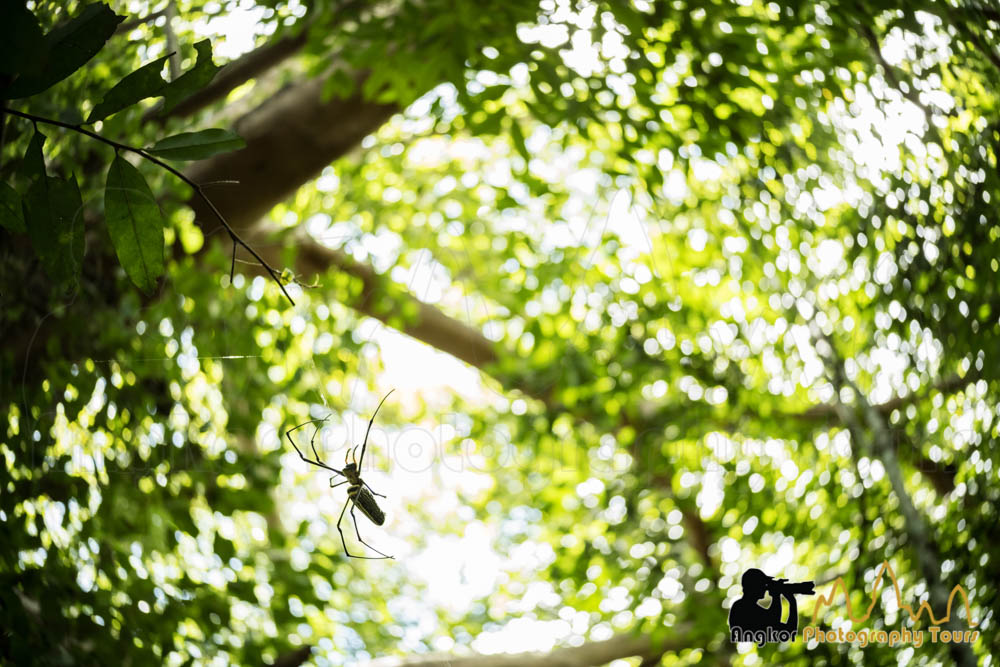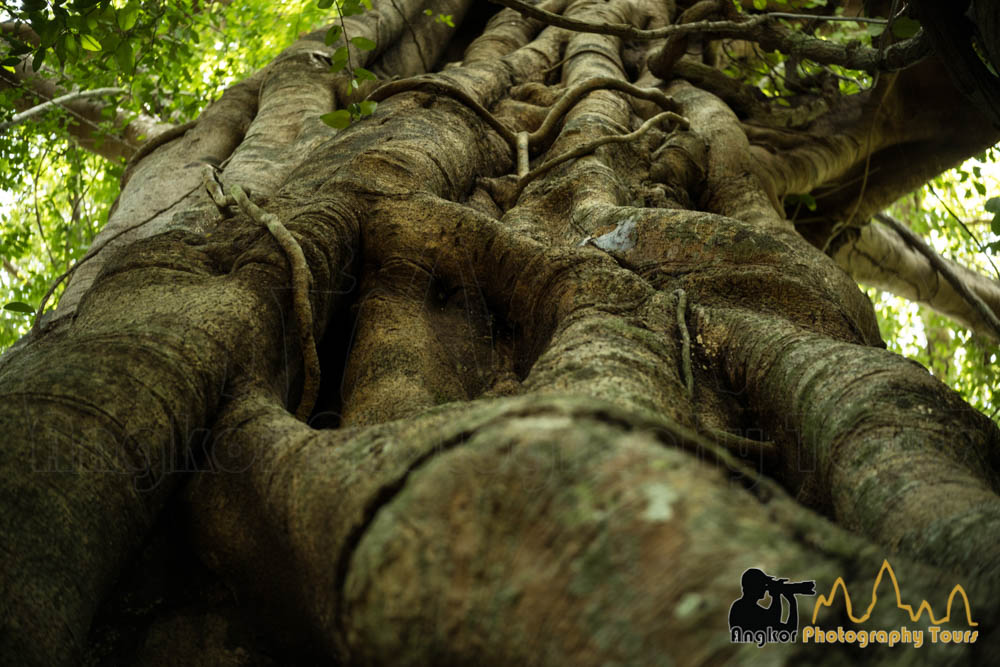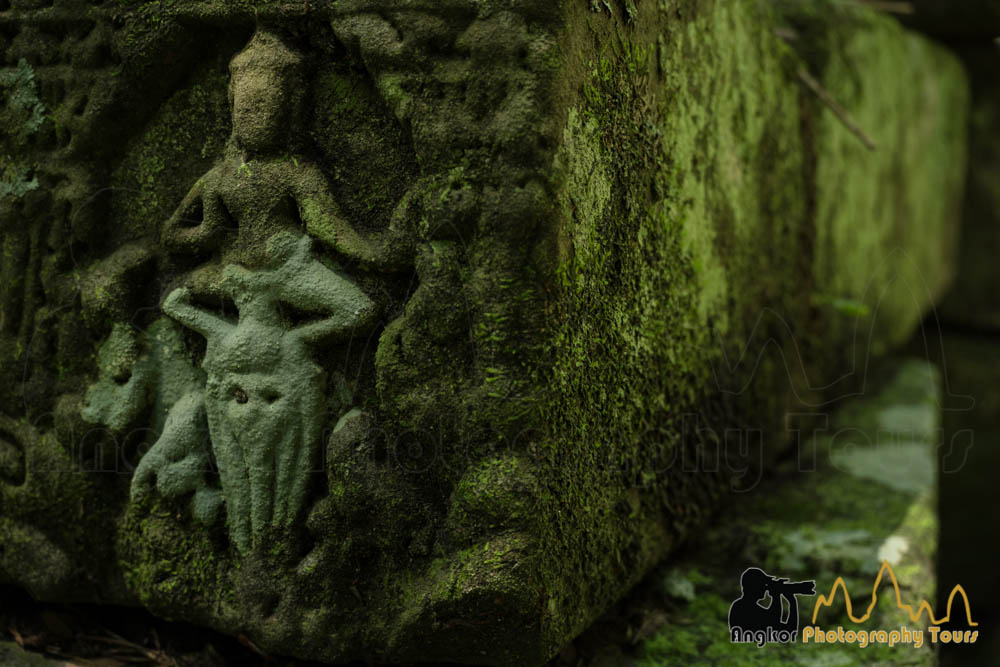The TTArtisan 27mm f2.8 prime lens pancake prime lens is a recent offering from the Chinese manufacturer TTArtisan (7 Artisan), released in 2022. This compact prime lens is available for various camera systems including Sony E-mount APS-C and full frame, Fujifilm X-mount, and Nikon Z-mount full frame.
Within TTartisan’s lens lineup, the 27mm emerges as one of the two autofocus available lens, along with the TTArtisan AF 32mm F/2.8. On an APS-C sensor, the 27mm lens equates to a 35mm full frame equivalent of 40.5mm. This moderate wide-angle focal length makes it versatile for travel photography, portraits, and even some landscape shots. The TTArtisan 27mm f/2.8 offers an affordable option compared to the Fujifilm XF 27mm f/2.8 R WR lens, which costs nearly three times more.
| Pros | Cons |
|---|---|
| 😃 Price (USD 149 retail price) | 😔 Vignetting |
| 🚀 Autofocus system | 😔 minimum focusing distance |
| 📏 Size and weight (90g) | |
| 👍 Decent optical quality | |
| 🌀 Works with optical stabilization |
TTartisan 27 mm lens specifications
- Optical design: 6 elements organized into 5 groups (7-blade diaphragm) 😊
- Angle of view: 56° 👀
- Filter size: 39 mm
- Aperture range: F2.8 to F16 with a clicked ring 📸
- Autofocus system: STM stepping motor
- Weight: 90 g (3.2 oz) ⚖️
- Dimensions (ø x L): 61 x 29 mm 📏
- Minimum Focus Distance: 35 cm (13.8“) 📐
The lens comes with a rear lens cap with a USB-C port to perform firmware upgrades. It is worth mentioning that the 27mm did not come with a lens hood.
TTArtisan 27 mm f:2.8 | tests on location
We took the 27 mm for a spin during our Angkor Green photo tour to test its capabilities. Paired with a Fujifilm XS-10, the combined weight of slightly over 550g made it incredibly convenient to carry, even while using a wrist wrap. This initial experience left me with the distinct impression of a remarkably lightweight system.
When you hold the lens for the first time, you will notice its solid and well-crafted build. If you are not familiar with the design of the aperture click, it feels strange at first. Note that you can change the aperture from your camera by setting the aperture ring to A (blue marker). The range of available apertures are the following: 2.8, 3.2, 3.6, 4, 4.5, 5.6, 6.4, 7.1, 8, 9, 10, 11,13,14,16.
An initial limitation that became evident was the relatively long minimum focusing distance of 35 cm, which restricted my ability to capture close-up shots.
7Artisan 27mm flaring and starbusts
Given my frequent outdoor shootings in the temples of Angkor, which often involves capturing scenes with a strong sun or its proximity, one crucial factor is to avoid any unwanted flaring in the images. Flares can pose significant challenges during the editing process.
It’s worth noting that flaring can sometimes be used to alter the aesthetics of a photograph. During my evaluation, the 27mm lens proved itself by passing the flaring test even when having the sun inside the frame of the picture
In the first picture below, I employed a backlit composition to evoke a sense of softness and subtlety. On a related note, capturing images against the sun while using a closed aperture can yield captivating results thanks to the formation of starbursts. In the next two pictures showcased next, I opted for an aperture setting of f/14 to f/16, the highest available on the 27mm lens. The seven-blade diaphragm facilitated the creation of aesthetically pleasing starbursts.
7Artisan 27mm lens sharpness and vignetting
We observed some significant vignetting at f:2.8 until f:8, fading away from f:10 to f:16. At f/8, the lens is sharp even in the corners, however we found to be a bit soft at f:2.8, getting better at f:3.2 do bear this in mind for your portrait photography.
7Artisan 27mm bokeh
The bokeh at f:2.8 or F:3.2 is pleasant but not as impressive as some other lenses so no cat’s eye bokeh effect here. The bokeh of this lens can be described as pleasing and quite swirly as you can see on the two pictures below.
Using manual focus with the TTArtisan 27mm
In certain shooting scenarios, it may become necessary to switch to manual focus, as the camera might have some issues getting a precise focus on your desired zone. It is important to highlight that this particular lens does not have a manual focus switch. Instead, manual focus has to be set from the camera’s menu.
In some shooting situations, it may be necessary to switch to manual focus as the autofocus may struggle to precisely lock onto the desired focal zone. The TTArtisan 27mm f/2.8 lens lacks a dedicated manual focus switch. Instead, the change to manual focus must be made through the camera’s menu system.
To switch to manual focus on the Fujifilm XS10 with the TTArtisan 27mm f/2.8 lens attached, first navigate to the camera’s menu system and follow the following sequence:
- AF MF
- Focus mode
- Select MF (Manual focus)
For optimal results, it is advisable to activate focus peaking by following these steps:
- AF MF
- MF assist
- Choose ‘peak’
- Opt for ‘focus peak highlight‘
- Set it to ‘red high’
The manual focus ring on the TTArtisan 27mm f/2.8 lens provides a smooth tactile experience for adjusting focus. Its positioning at the front of the lens makes it easy to access and rotate for focusing. This ease of use is further enhanced by the inclusion of focus peaking, facilitating a more precise accurate focus.
TTArtisan 27mm for Fuji | Autofocus
We tested the autofocus primarily on landscape shots, and there were a few instances where using the single focus point proved challenging for the camera to find focus, especially in low-light conditions. More tests have to be done with portraits using the eye detection as well as with moving subjects.
TTArtisan 27 mm f:2.8 price
The lens was ordered directly from the TTArtisan outlet store on AliExpress where it was available for a price of USD 149, including shipping.
Where to buy the TTArtisan 27 mm? TTArtisan has also an official AliExpress store, you can also order this lens on TTArtisan shopify store , TTArtisan official Amazon store.
You can also find this lens at bhphotovideo listed at USD 149.
Conclusion
The TTArtisan Fuji mount 27mm f/2.8 lens offers an excellent choice for budget-conscious travel photographers seeking a lightweight (merely 90 grams) yet high-quality lens. While we identified a handful of minor imperfections, some of which can be easily corrected in post-processing, considering its optical performance and an appealing price point of about USD 150, we recommend this autofocus pancake prime lens as a valuable addition to your Fujifilm camera setup.
Spec Comparison: 27mm Lenses from TTArtisan, Viltrox and Fuji
| TTArtisan | Viltrox | Fuji | |
|---|---|---|---|
| Aperture | 2.8 | 1.2 | 2.8 |
| Weight (grams) | 90 | 560 | 77.3 |
| Dimensions ø x L (mm) | 61X29 | 82X92 | 61.2X23 |
| Retail Price (USD) | 149 | 545 | 399 |
The Viltrox 27mm f:1.2 offers the best optics and low light performance but at the cost of size and weight. The TTArtisan is the smallest, lightest and cheapest but lacks the speed and image quality of the others. The Fuji 27mm f:2.8 hits a nice sweet spot in terms of performance, size and cost.

